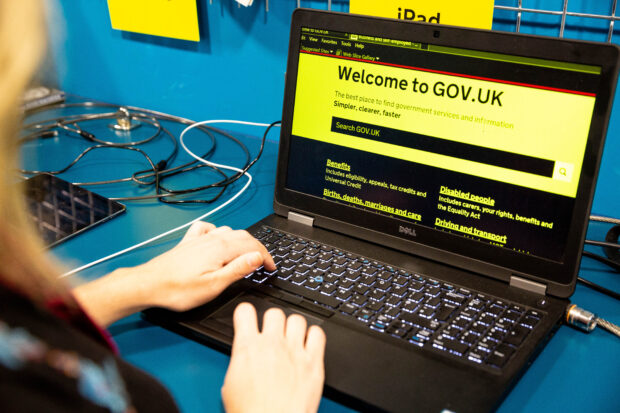

The point being of course, that you don't necessarily need to move away from where you are working now to read this other info, therefore minimising the screen movement to some extent.

This is where reading zones comes in, with this you can section off a piece of screen and then choose to have the content of that section either displayed or spoken (or both) using a keystroke. Therefore anything that can help to reduce the effect in certain circumstances has got to be worth exploring. Now, this is an unavoidable impact of screen mag for sure, but it's fair to say that after a few hours this does get pretty tiring.
Zoomtext 11 cost software#
To better understand this feature you need to take onboard one of the more potentially frustrating aspects of magnification (any magnification software I might add, not just Zoomtext) which is that you can often spend a large amount of time "chasing the screen." What I mean by this is that, depending on how the information is laid out when magnified, you may have to be continually moving and adjusting and refocusing the main magnified window to keep making sense of the information area you are in.

Features such as DocReader, AppReader and SpeakIt are always popular but one feature not quite so commonly spoken about is reading zones. While Zoomtext is generally known for its magnification abilities, the Magnification and Reader flavour has a number of speech tools that even low level mag users should explore.


 0 kommentar(er)
0 kommentar(er)
